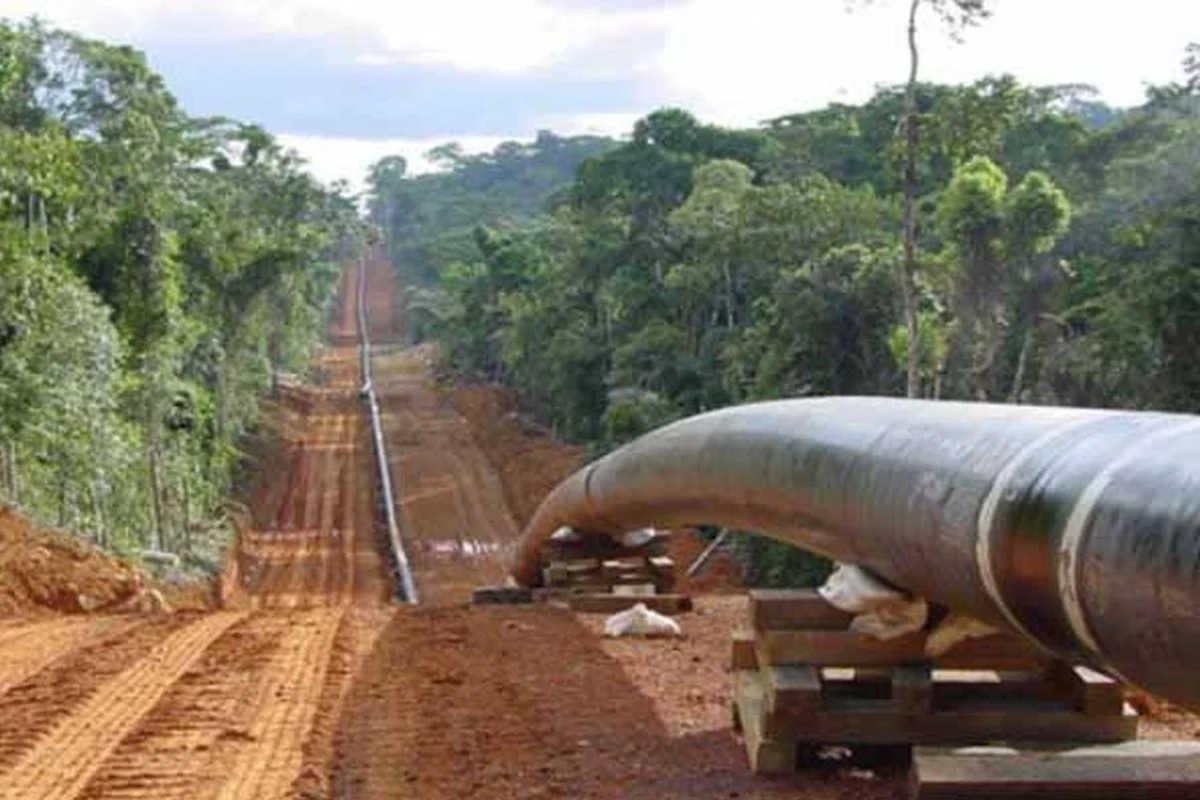For more than three years, the cost of construction materials has experienced significant fluctuations. A recent report from the Uganda Bureau of Statistics (UBOS) sheds light on the factors driving these price variations, with diesel prices taking center stage in the construction sector’s inflation.
Ubos data reveals that diesel prices nearly doubled in October, emerging as the leading contributor to rising construction costs. This data is derived from the Construction Input Price Index and Construction Sector, which tracks changes in the prices of construction inputs and allows for the calculation of price escalation payments in extensive construction projects spanning at least 18 months.
Price Changes in Key Construction Inputs (September)
| Input | Price Increase (%) |
|---|---|
| Diesel | 3.0 |
| Lime | 2.2 |
| Nails, Bolts, and Screws | 0.8 |
| Clay Bricks and Tiles | -0.8 |
| Sand | -0.8 |
| Eucalyptus Props | -0.3 |
Diesel, a crucial component in large-scale construction endeavors, saw a sharp price rise of 3 percent in September, compared to a modest 0.5 percent increase the previous month. Furthermore, other construction materials such as lime registered a price increase of 2.2 percent, up from 1.7 percent. Nails, bolts, and screws also experienced a notable increase of 0.8 percent.
The Construction Input Price Index and Construction Sector not only tracks input costs but also offers insights into the growth rate of the construction sector. This data is essential for estimating price escalation payments in lengthy construction contracts.
Presenting the index, Ms. Irene N Musiitwa, a senior statistician in price statistics at Ubos, shared that specialized construction activities increased by 0.5 percent, up from 0.2 percent. Meanwhile, civil engineering works remained stable at zero, and the overall inflation rate for the sector stood at 0.2 percent. Notable price decreases were observed in clay bricks and tiles, which decreased by 0.8 percent, down from 1.1 percent, and sand, which saw a decrease of -0.8 percent. Eucalyptus props declined by 0.3 percent from the previous 0.5 percent.
Looking at the broader picture, construction sector prices rose by 2 percent on an annual basis, with the year ending in September reflecting an increase from the previous rate of 1.8 percent.
Annual Change in Construction Sector Prices
| Year Ending in September | Price Increase (%) |
|---|---|
| 2023 | 2.0 |
| 2022 | 1.8 |
The resurgence of price hikes in the construction sector can be attributed to the surging cost of diesel, a fundamental input in the manufacturing processes. Ubos’ Construction Input Price Index and Construction Sector data serve as crucial tools for monitoring and assessing the evolution of construction input prices over time. These insights enable the accurate calculation of prices in large construction projects, which often span extended periods.




















